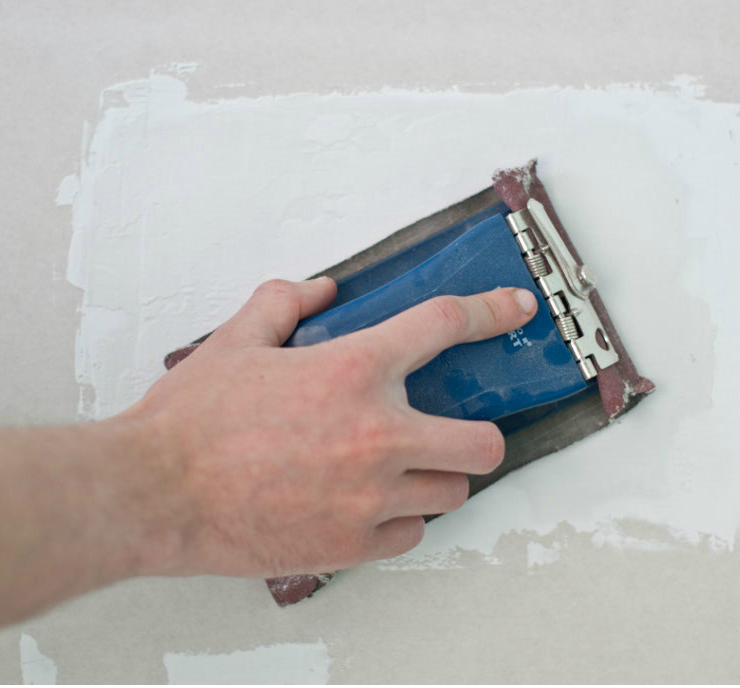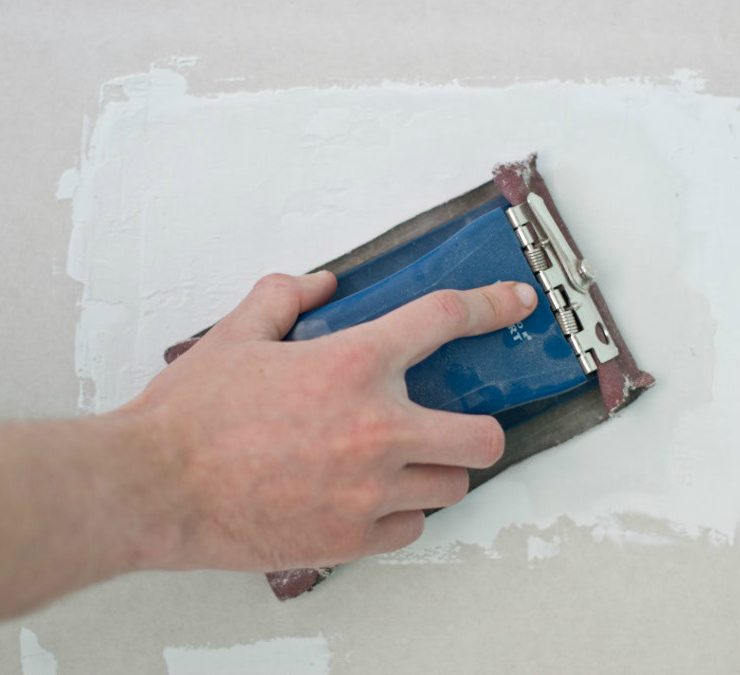Whether they manifest as small cracks or gaping holes, drywall repairs are usually quite straight-forward and affordable to execute. Most drywall damages can be completely fixed within two days with minimal technical competence. However, the level of detailing and repair varies proportionally with the wall type, the size of the hole and the exact location of the damage.
Some of the materials needed to execute a drywall repair include fiberglass drywall tape, drywall corner bead, drywall compound, and strings. While the tools needed to execute most repairs include electronic stud finder, drywall saw, and reciprocating saw.
Various types of damages occur with drywall; however, the most common ones are
Surface Cracks
Although the drywall paper covering is not designed or known to split, surface cracks still occur. These usually occur due to a split in the joints between two or more seamless paper and can be easily fixed with the application of more drywall compound in the right direction.
Observing the direction of the crack, whether horizontal or vertical direction, determine its degree of extension by using your paint scraper to gently extend the crack. If you observe it grows easily, then the tape has probably pulled loose.
However, if it doesn’t, it means the fiberglass drywall tape is still intact and the crack might have been created due to shrinkage of old drywall compound. Before executing this drywall repair, use your knife inclined at 70-degrees to scrape both regions of the crack. Apply the compound and wait for it to dry before sanding away all irregularities. Do not forget to apply paint for the final coating.
Deep Cracks
In instances where it is obvious that the old tape has lost its attachment to the wall then you must carefully cut the tape, while not damaging the paper. Eliminate all additional compounds that might be interfering with the drywall repair process but instead, use the drywall saw to gradually increase the crack’s depth until you reach the stud cavity.
Within the extended crack, apply drywall compound till it is filled then spread a very thin layer of drywall compound over the regions where the tape once stood. Immediately afterward, add fiberglass tape over the existing seams some inches away from the termination, ensure to utilize an even out any wrinkles that might occur using a putty knife. Stretch the tape until it totally covers the extent of the removed tape and terminates some inches into the old tape.
Wait for the compound to dry, afterward, apply a second thin layer of drywall compound to cover the tape and to extend above and below it. After this second layer has dried, gently sand through any discrepancies to achieve uniformity. A third coat is advisable if the first two were not sufficient for overall uniformity.
This next set of damages occur majorly due to human errors
Holes
These majorly occur due to accidents or mechanical fitting installations. The application of drywall compound would not be able to seal the hole, therefore there is a need for a sturdier drywall patch.
Corner beads
These occur at the edge of two drywall surface intersection primarily due to accidents or compound chipping off voluntarily. These can be fixed by the application of drywall compound to these surfaces individually.


